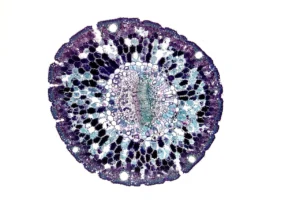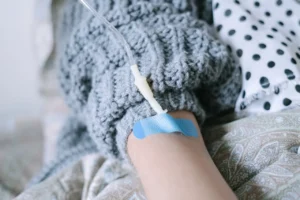
FDA approves Roche’s Vabysmo for the treatment of retinal vein occlusion (RVO)
Roche (SIX: RO, ROG; OTCQX: RHHBY) announced today that the United States Food and Drug Administration (U.S. FDA) has approved Vabysmo® (faricimab) for the treatment of macular edema following retinal vein occlusion (RVO). RVO is the third indication for Vabysmo, in addition to neovascular or ‘wet’ age-related macular degeneration (nAMD) and diabetic macular edema (DME).1 Together, the three retinal conditions affect around 70 million people worldwide and are among the leading causes of vision loss.2-5
Vabysmo is a new treatment option for RVO that can help people preserve and improve their vision, with the added benefit of retinal drying,” said Levi Garraway, M.D., Ph.D., Roche’s Chief Medical Officer and Head of Global Product Development. “The efficacy and safety profile of Vabysmo has been well established in global clinical trials and is reinforced by a growing breadth of real-world evidence, with hundreds of thousands of people treated.”
Vabysmo is the first and only bispecific antibody approved for the eye.1,6 Today’s approval in RVO is based on positive results from the global phase III BALATON and COMINO studies that demonstrated monthly treatment with Vabysmo provided early and sustained improvement in vision in people with branch and central RVO, meeting the primary endpoint of non-inferior visual acuity gains at 24 weeks compared to aflibercept. This was further supported by data showing Vabysmo achieved rapid and robust drying of retinal fluid. In BALATON and COMINO, Vabysmo was generally well tolerated and the safety profile was consistent with previous trials. The most common adverse reaction was conjunctival haemorrhage (3%). Safety results were consistent across study arms.7-9
Information has also been added to the Warnings and Precautions section of the U.S. label based on rare post-marketing cases of retinal vasculitis and/or retinal vascular occlusion, typically in the presence of intraocular inflammation. The reported rate of retinal vasculitis with vascular occlusion is 0.06 per 10,000 injections, in line with real-world reported frequencies of other broadly used intravitreal treatments for people living with nAMD, DME and RVO.
Source link:https://www.roche.com/media




